Medical Crash Cart
Introducing the Medical Crash Cart.
Crash carts are typically located in areas of patient care in case of a life-threatening occurrence. Physicians, nurses, pharmacists, and respiratory therapists must become familiar with the contents of this cart.
Every one of our crash cart emergency equipment and emergency cart contents comply with ACLS protocol. In case of an emergency, be compliant by having all your crash cart accessories at arms-length. We offer a wide variety of products to assist your practice in finding the right crash cart for your facility.
A crash cart or code cart is a set of trays/drawers/shelves on wheels used in hospitals for transportation and dispensing of emergency medication/equipment at site of medical/surgical emergency for life support protocols (ACLS/ALS) to potentially save someone’s life. The cart carries instruments for cardiopulmonary resuscitation and other medical products while also functioning as a support litter for the patient.
The crash cart was originally designed and patented by ECRI Institute founder, Joel J. Nobel, M.D., while a surgical resident at Philadelphia’s Pennsylvania Hospital in 1965. MAX helped enhance hospital’s efficiency in emergencies by enabling doctors and nurses to save time, thereby increasing the chances of saving a life.
The contents of a crash cart vary from hospital to hospital, but typically contain the tools and drugs needed to treat a person in or near cardiac arrest. These include but are not limited to:
- Monitor/defibrillators, suction devices, and bag valve masks (BVMs) of different sizes
- Advanced cardiac life support (ACLS) drugs such as epinephrine, atropine, amiodarone, lidocaine, sodium bicarbonate, dopamine, and vasopressin
- First line drugs for treatment of common problems such as: adenosine, dextrose, diazepam or midazolam, epinephrine for IM use, naloxone, nitroglycerin, and others
- Drugs for rapid sequence intubation: succinylcholine or another paralytic, and a sedative such as etomidate or midazolam; endotracheal tubes and other intubating equipment
- Drugs for peripheral and central venous access
- Pediatric equipment (common pediatric drugs, intubation equipment, etc.)
- Other drugs and equipment as chosen by the facility
Hospitals typically have internal intercom codes used for situations when someone has suffered a cardiac arrest or a similar potentially fatal condition outside of the emergency department or intensive care unit (where such conditions already happen frequently and do not require special announcements). When such codes are given, hospital staff and volunteers are expected to clear the corridors, and to direct visitors to stand aside as the crash cart and a team of physicians, pharmacists and nurses may come through at any moment.
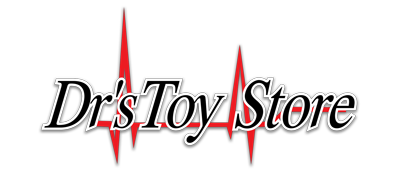
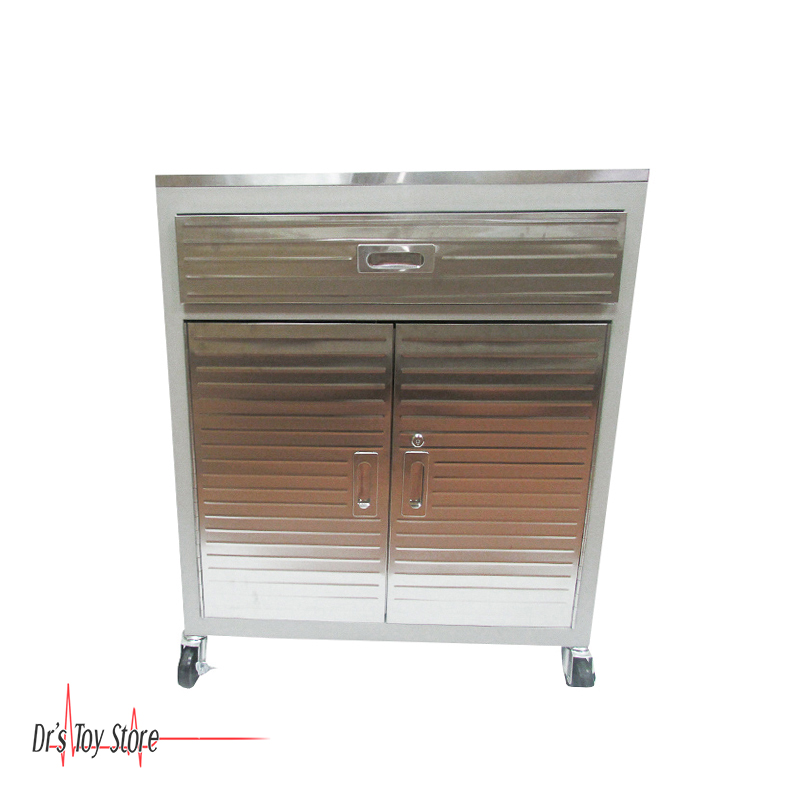
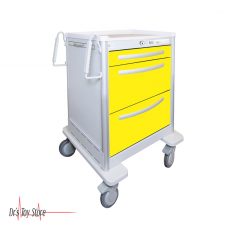
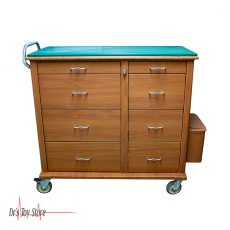

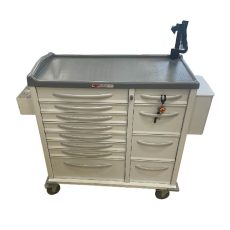
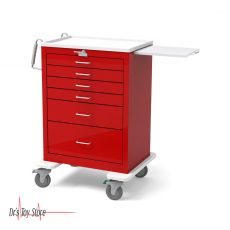
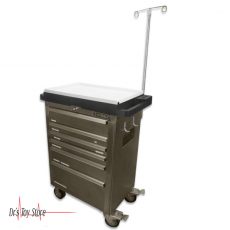

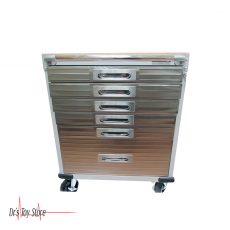
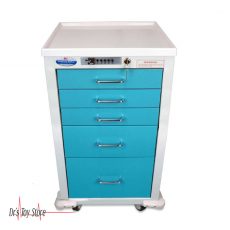

Reviews
There are no reviews yet.